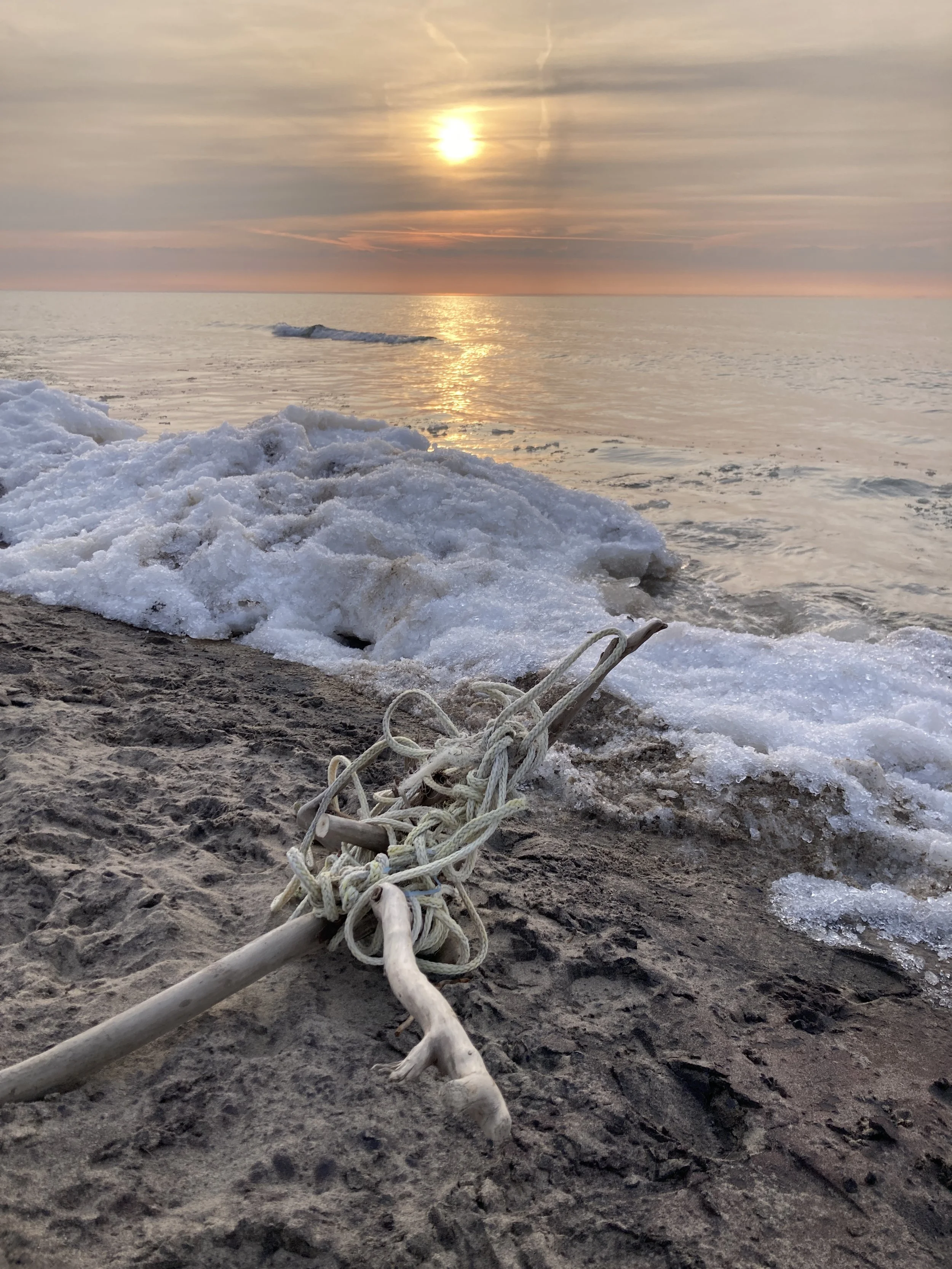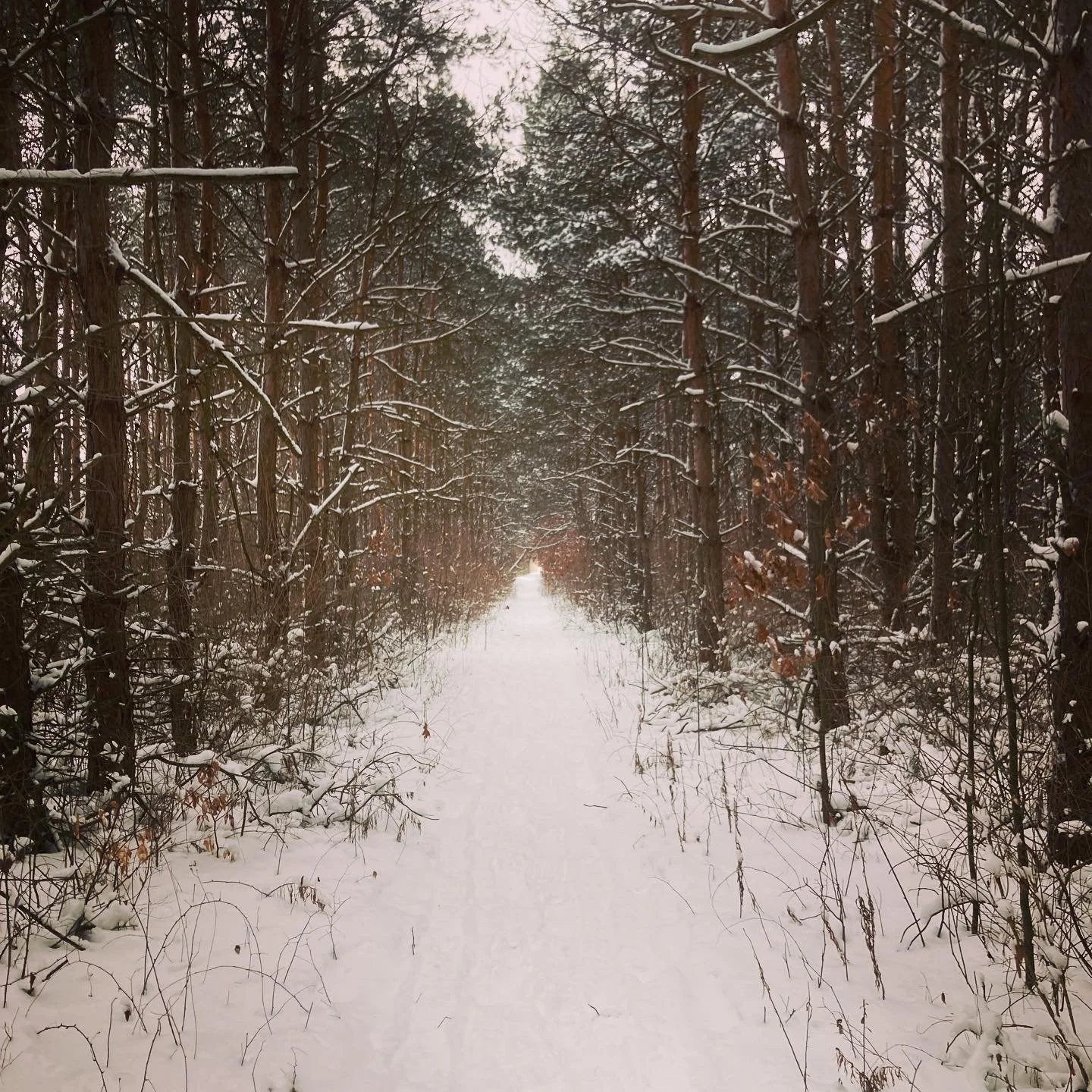Winter Adventures
Published in Spinsheet - December 2016
One of my fondest Bay memories was staged in the heart of winter. I have always loved winter on the Bay, rainy days on the Bay, and all the odd times that aren’t your typical sunny summer afternoons. This one January we had gathered on our boat, which was moored on the Yocomico River. An extremely thin layer of ice covered the marina. Air temps were above freezing with light pressure filling in from the South. Gathering onboard we pressed through the icy waters with shocking noise reverberating through the haul from cracking ice, making the eyes of my niece bulge, and my own gel coat worries simmer. With limited drama Honu found her way to the river channel free of ice, around our first set of markers and into the mouth.
Heading East for the Potomac, and sheltered by the southern tree line we found ourselves completely alone. It was beautiful! The water was flat the breeze gentle. However, the rig sticking up above the southern coastline began to catch the breeze without us feeling it on our faces. Soon we were charging along at over 7 knots on pure crystal glass. Serendipitous ethereal sailing like never before experienced.
The Bay region is fantastic like this, where we celebrate windows of weather that aren’t just suitable but are actually glorious. My father-in-law, not only an avid sailor but a birder to boot, uses this time to walk shorelines, ponds or marshes, watching water foul who apparently all gather together in the melted spots of ice to clearly assist your birding pleasure. Summer is so busy on the water that winter has become our default kayak adventure season. So, this is what we are doing all winter on the Bay but what is our Bay doing under our hauls? What happens in an estuary environment during winter?
Added rain and snowmelt help dilute the increased salinity from a hot dry summer that oppresses many species. These fresh new waters flush the Bay and bring the water into equilibriums ready again for a hot summer. Silt runs with the same swollen rivers and creeks that bring our fresh water slowing photosynthesis and occasionally triggering water quality to suffer. Often our good intentioned labors on land heighten siltation during winter months with barren construction sites and recently harvested agriculture fields.
On the other hand marsh grasses and tidal vegetation go dormant, ding back, thereby adding needed nutrients to Bay life through decomposition. In the spring as green comes back to our shores, flora will feed on those needed nutrients. Birds and water foul numbers increase during parts of our winter as well. Migrating species making the Bay a natural haven and feeding ground, hosting great numbers for the winter or as a layover on their way further south. Under the water our precious oyster populations are going dormant and getting needed rest for their life cycle as well. They sleep below the icy surface still respirating and getting ready for a busy new season of water cleaning and food making. The blue crabs, with fall, move deeper into warmer waters until they finally lay the deepest depths with only eyes above the silty bottom. Many of the females at this point rest protecting the next generation of babies soon to awaken in the spring.
While we sit inside our warm homes binge watching Netflix let us not forget the Bay. How we treat our space inland even now can eventually flow into the systems we enjoy all summer. How much we salt our driveways impacts down stream where completely active systems are still at work. But, if you need a reminder of what lays beyond, take the opportunity to trek off to some quiet shoreline and be part of that system yourself and celebrate the wonderment of Bay winters.



